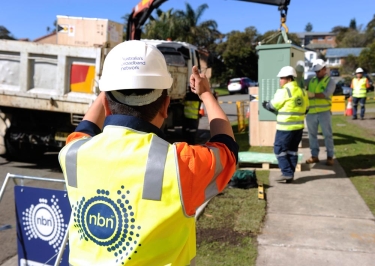FTTN provides fibre to a cabinet situated near multiple premises, with the network being completed via copper lines to the individual homes or businesses.
The move will see Australia's broadband network provider finally rid itself of the remaining copper in its fibre network, replacing the remaining FTTN parts with ubiquitous FTTP (fibre to the premise).
The upgrade project is expected to impact around 622,000 homes and businesses across the country, with more than half located in regional Australia, according to NBN Co.
"It is expected that more than 95% of these homes and businesses will have the option to upgrade to nbn full fibre via nbn Fibre to the Premises," NBN Co said in its announcement.
"Work on the upgrades will start immediately and be completed progressively.
"The upgrades are expected to be completed by the end of 2030."
|
|
According to NBN Co, more than 10 million households and businesses will have access to nbn's fastest wholesale speeds by the end of 2025.
"This critical investment will deliver access to better broadband to customers in the remaining part of our fibre to the node footprint," said Ellie Sweeney, Chief Executive Officer at NBN Co.
"Fast and reliable broadband boosts industry, creates jobs, sparks innovation and strengthens social and economic participation.
"The nation relies on the nbn network.
"It carries more than 80% of the nation's data and is used by more than 20 million people each day.
"Independent economic modelling by Accenture estimates the economic benefit of upgrading the remaining fibre to the node footprint could increase GDP by $10.4 billion, support 10,000 jobs, and create 4,000 businesses over the next decade, leading to more opportunities and growth for communities.
"With the growing number of connected devices in Australian homes and ever-increasing data usage, this upgrade investment will enable us to meet the needs of Australian homes and businesses now and into the future and continue to lift the digital participation and capability of Australia."








































